
Calisthenics for beginners: exercises and routine
Calisthenics routines for beginners, exercises by level, and complete workout to progress safely and effectively.

In calisthenics, abs workouts are usually done in the same way, always following the same typical exercises (plank, crunch, knee raises, L-sit raises...). This creates a decompensation problem that hinders optimal abdominal training. In this article, we will explain how to correct this decompensation and its problems, and how to optimize our abs workouts.
On the one hand, the psoas is a biarticular muscle responsible for the hip flexion.

On the other hand, the rectus abdominis is responsible for the trunk flexion and the pelvic retroversion.
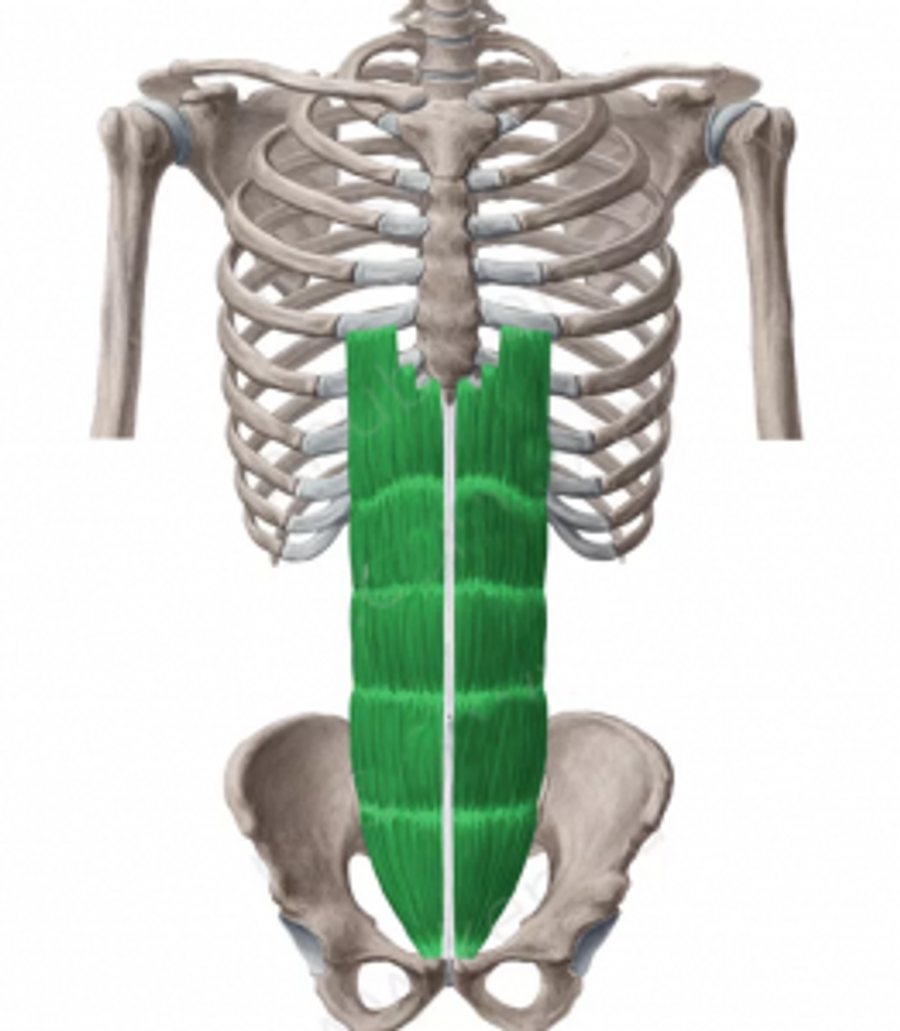
The typical exercises used in calisthenics to work the abdominal area (knee raises, toes to bar, etc.), require more effort from the psoas (the hip flexors), which causes decompensation.
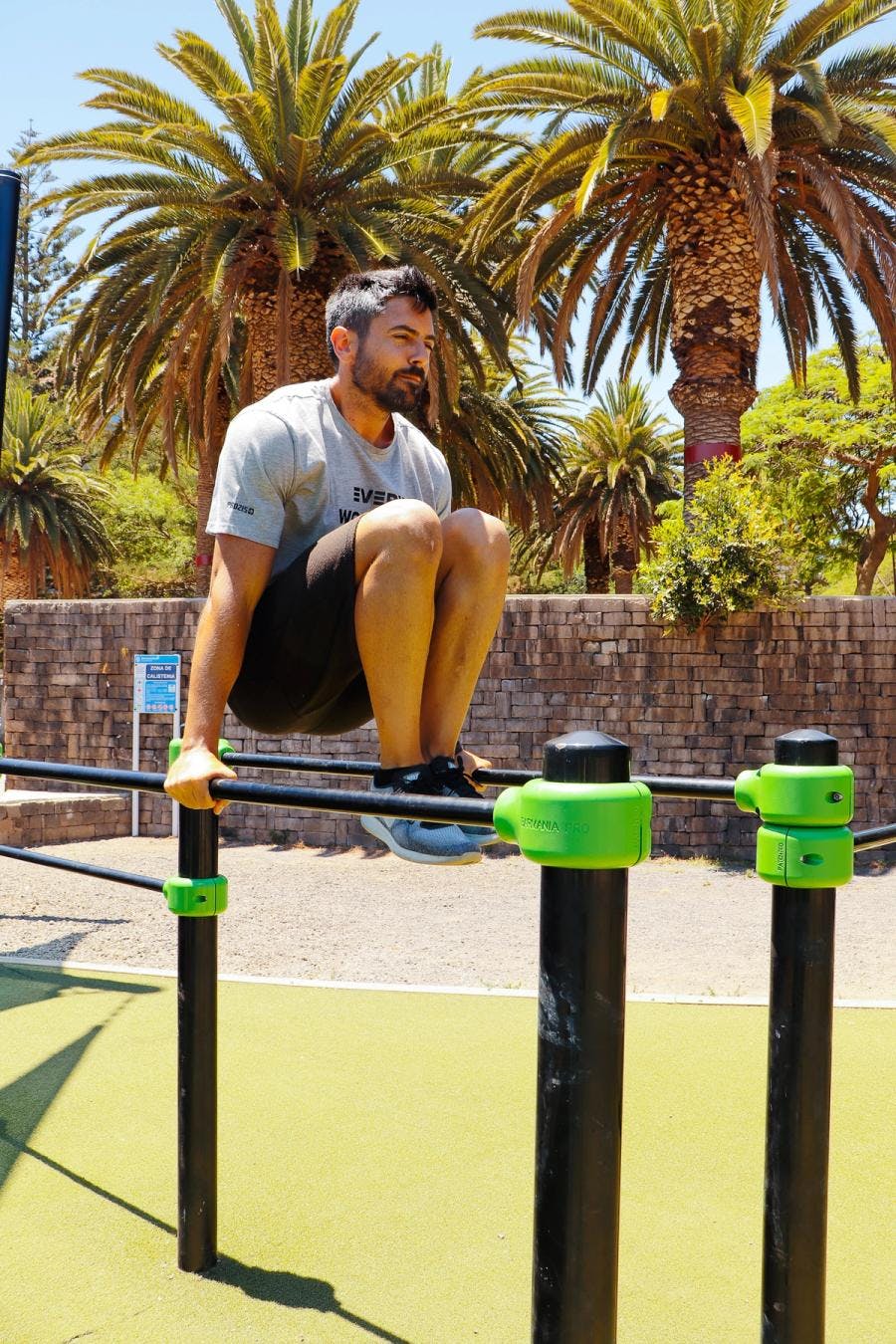
The decompensation of the psoas causes an anterior traction that accentuates the lumbar hyperlordosis and the shearing of the last vertebrae. This causes low back pain and triggers the erectors of the back. Broadly speaking, it can be said that the decompensation of the psoas causes poor posture that leads to pain in the lower back.
EXERCISES TO WORK ON DECOMPENSATION: how to work the rectus abdominis without involving the psoas too much
As we have seen, most calisthenics athletes tend to have the psoas much more exercised than the abs, which causes decompensation. This goes against our goals, since we usually want to exercise the abs, and not the psoas. Down below, we are going to see some exercises that specifically target the abs.
1. HIP LIFTS WITH BENDED / EXTENDED LEGS
A more advanced version would be with the legs extended. They do not need to be completely straight, they can be slightly bent. However, it is a bit more difficult and it is more complicated that the hip does not move.
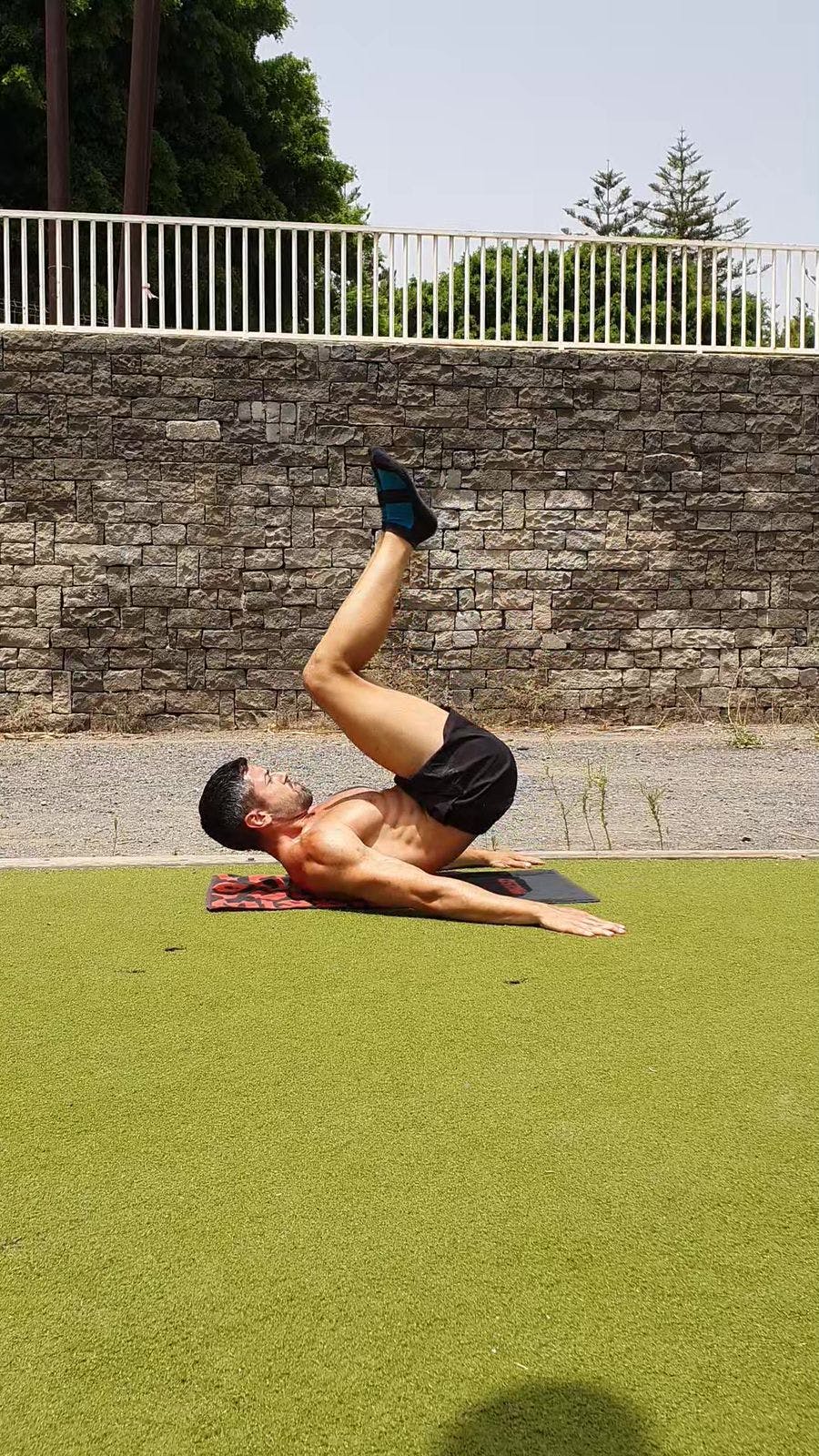
2. PARTIAL CRUNCHES WITH EXTENDED ARMS
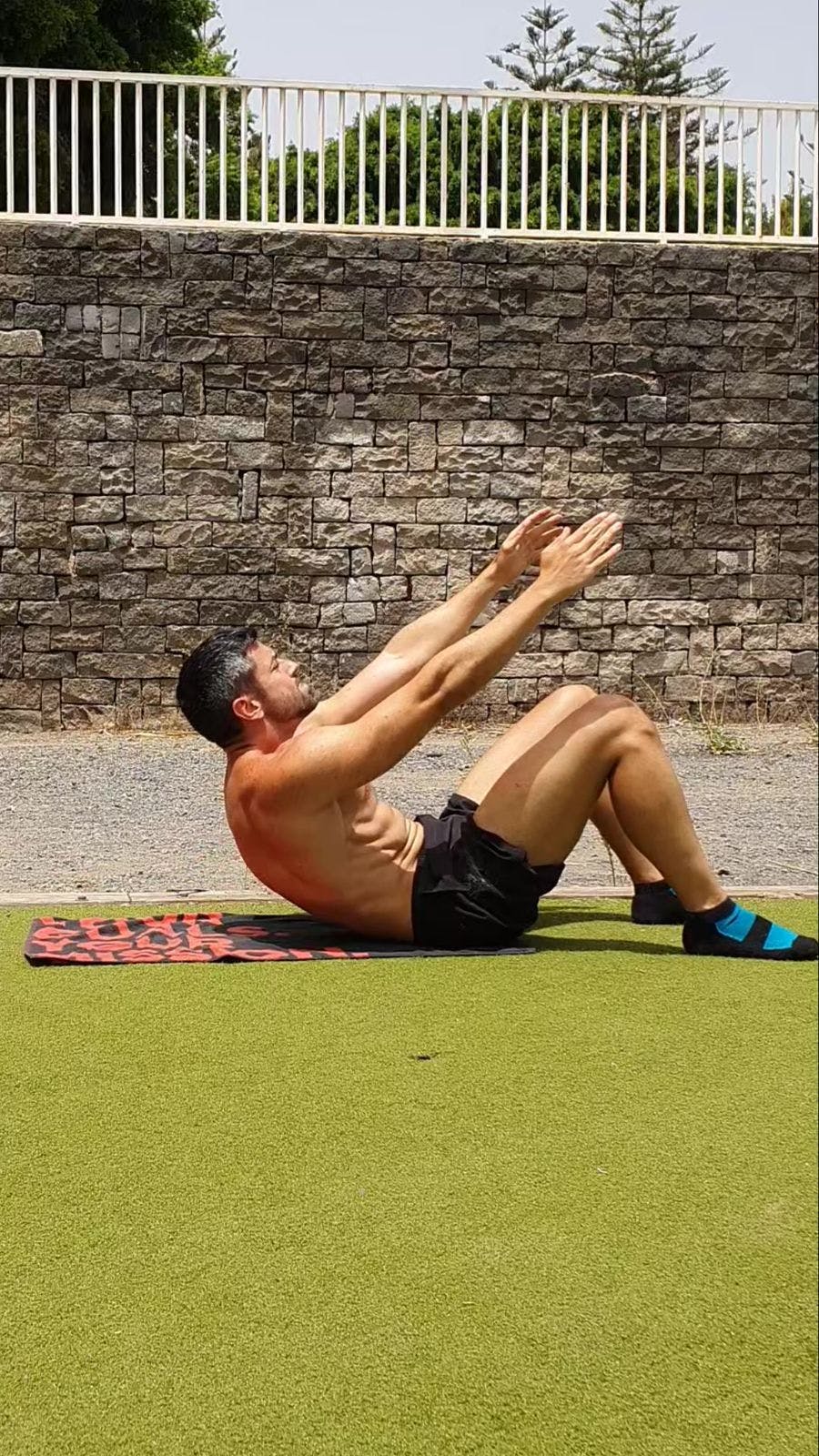
3. PARTIAL CRUNCHES WITH BENDED LEGS
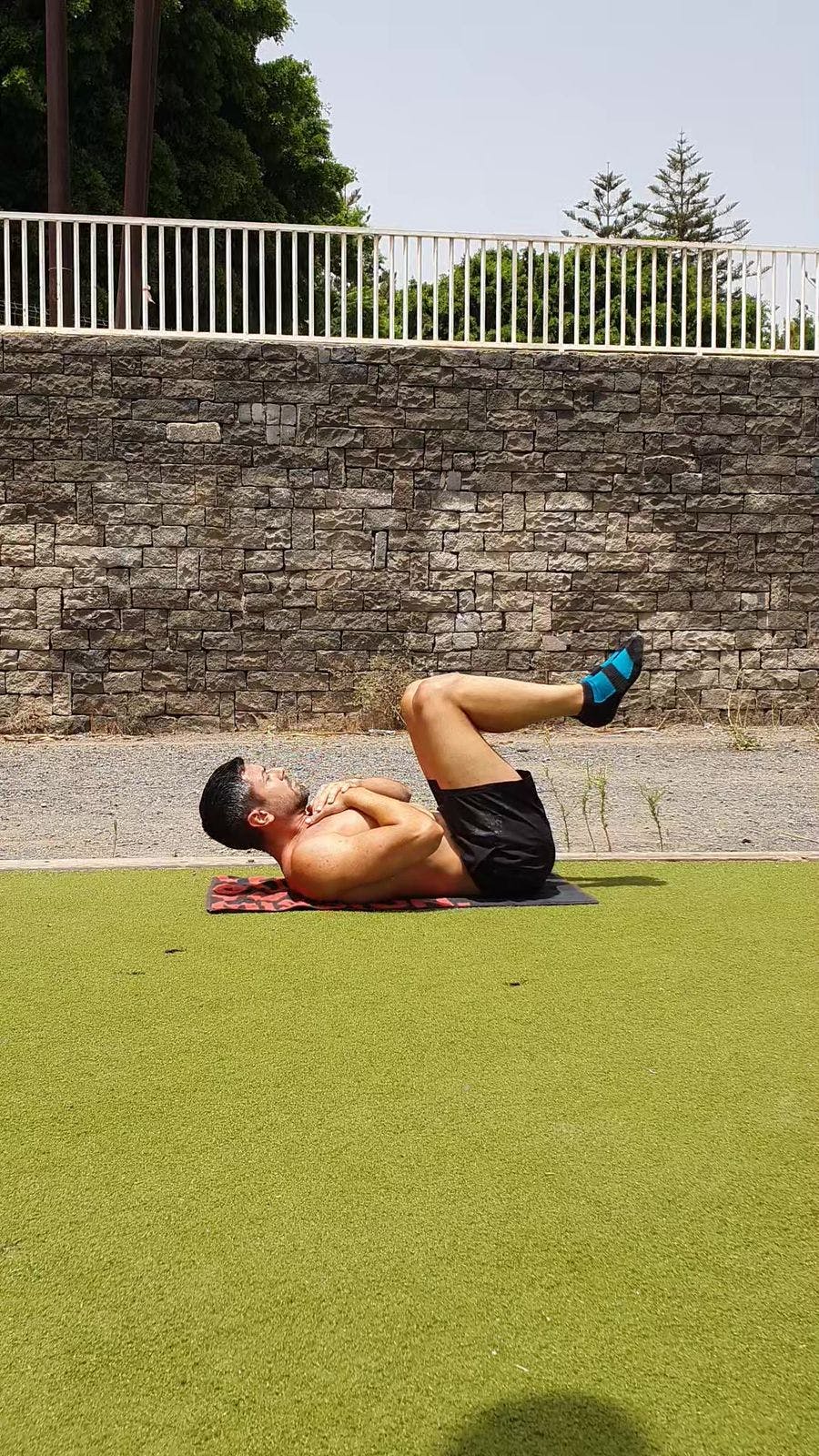
4. ABDOMINAL PLANK WITH SPINE FLEXION
It is a variation of the typical abdominal plank, but with a little spinal flexion to work well the abs and not focus so much on the psoas. We place ourselves in a push-up position as if we were going to hold in an isometric position; we flex the spine and hold on there.
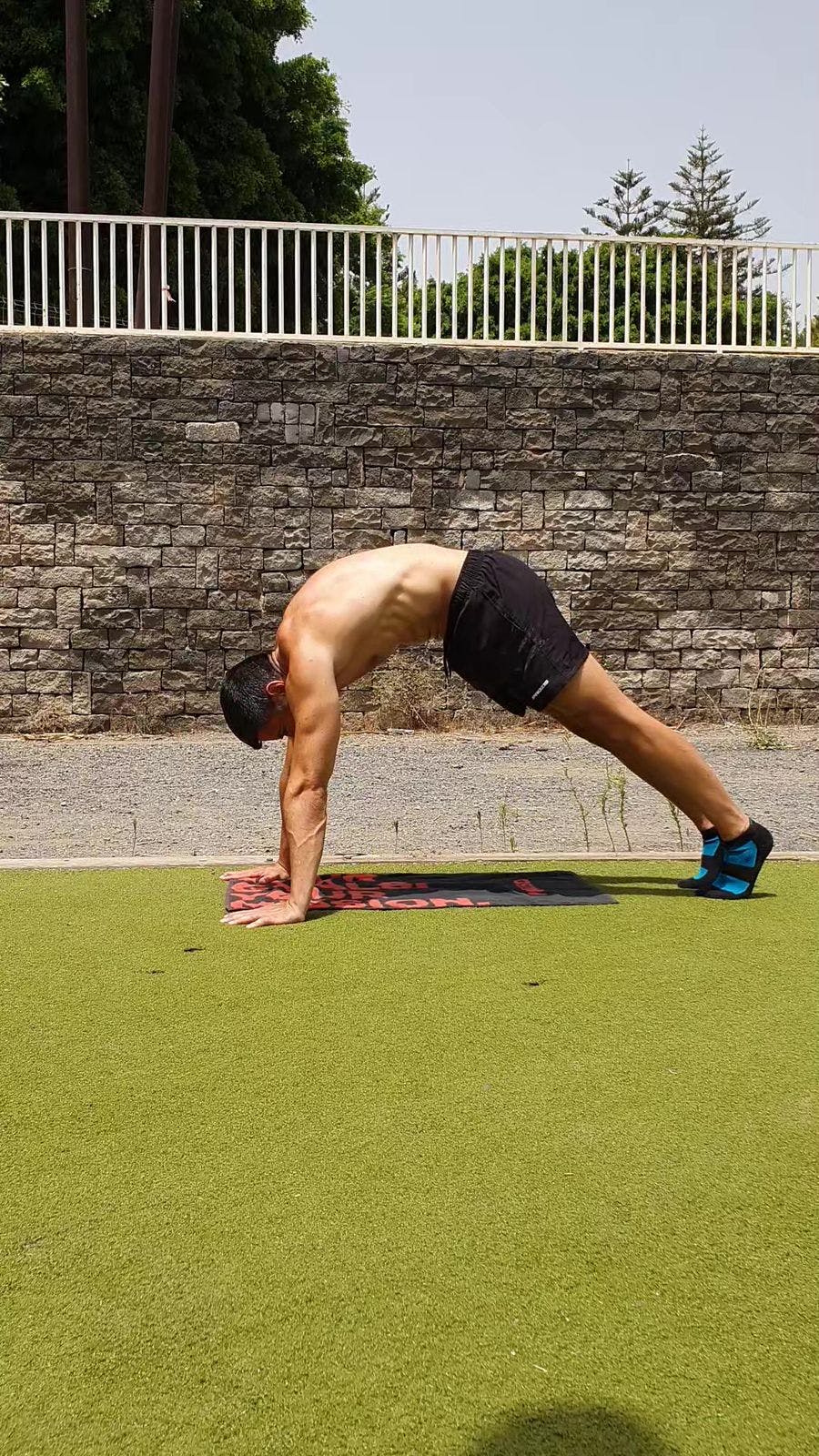
Calisteniapp offers you three specific routines of core correction, one for each level, which include these exercises to work on that decompensation, to achieve our goals, to improve body posture and to train optimally. In addition, the Smart Progress for Posture also includes these exercises to work on lumbar hyperlordosis.

Yerai Alonso
Cofundador de Calisteniapp, referente en calistenia y el street workout en Español. Con más de una década de experiencia, es creador de uno de los canales de YouTube más influyentes del sector. Autor del libro La calle es tu gimnasio, campeón de Canarias y jurado en competiciones nacionales e internacionales.
Join our newsletter
Learn everything you need to know about calisthenics

Calisthenics routines for beginners, exercises by level, and complete workout to progress safely and effectively.
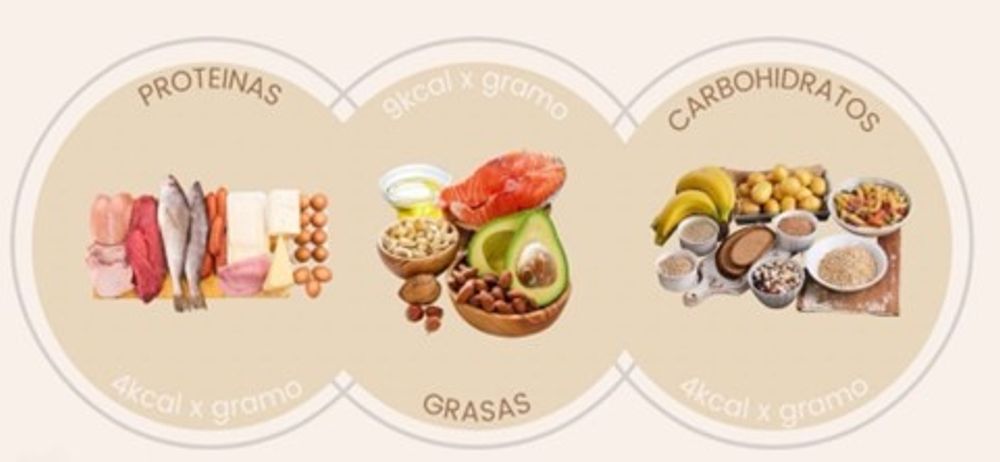
Learn all about macronutrients: their roles, types, and the importance of nutrient timing for sports performance. Read our complete guide for athletes.

Not sure what to eat before training calisthenics? In this article, we explain the ideal pre-workout nutrition based on your specific type of training session.
